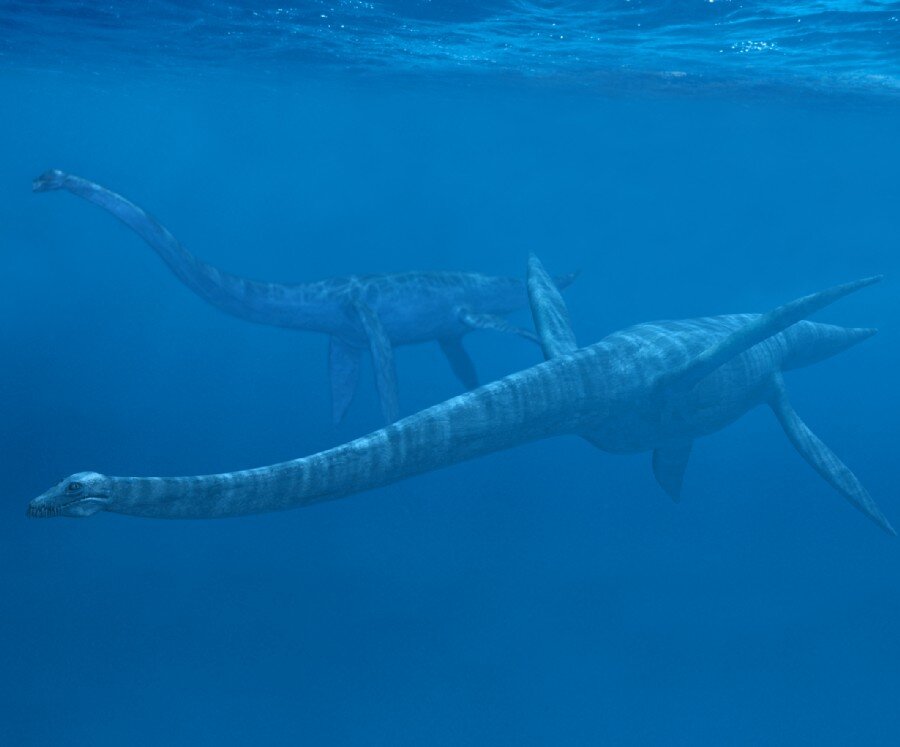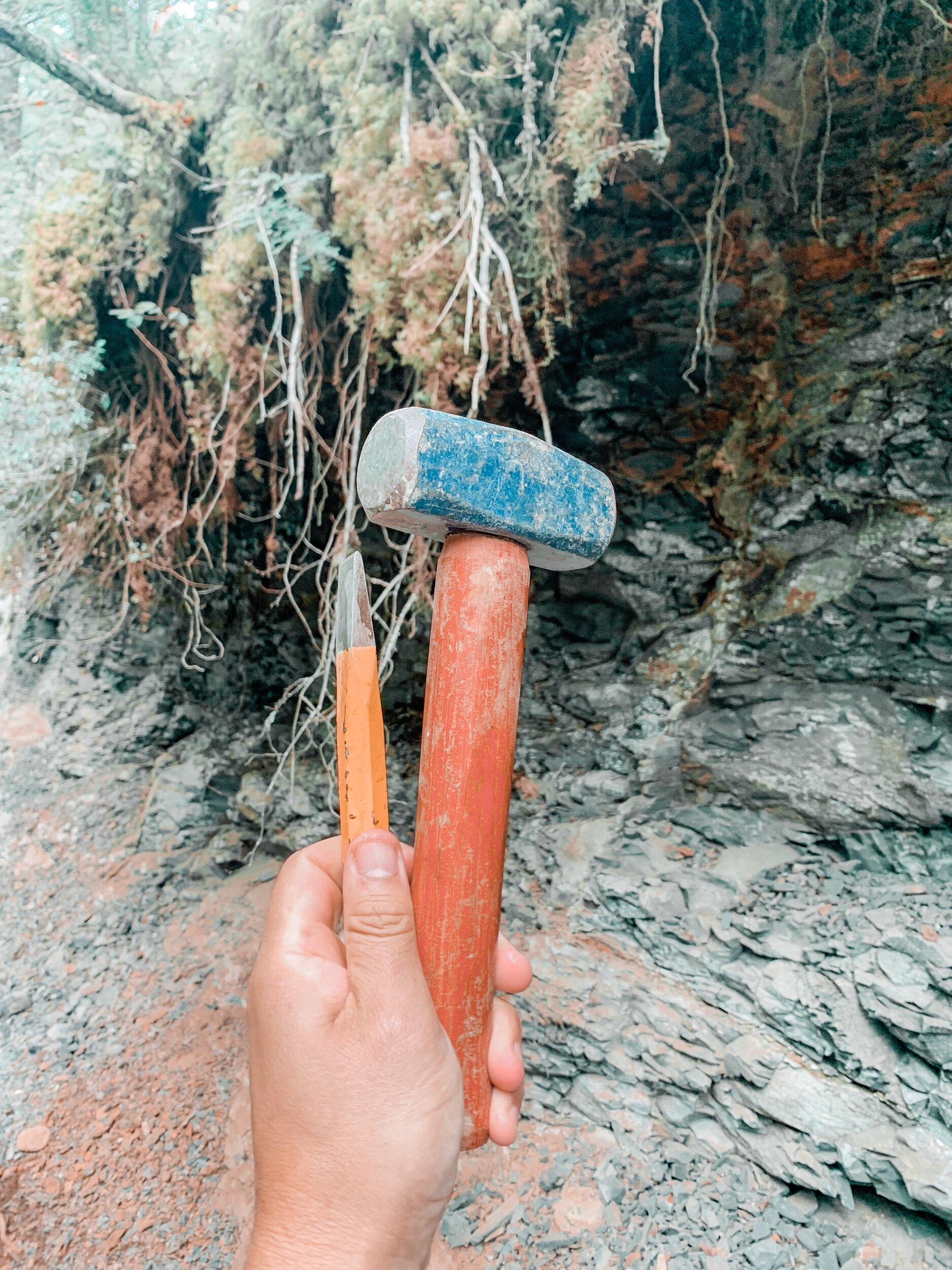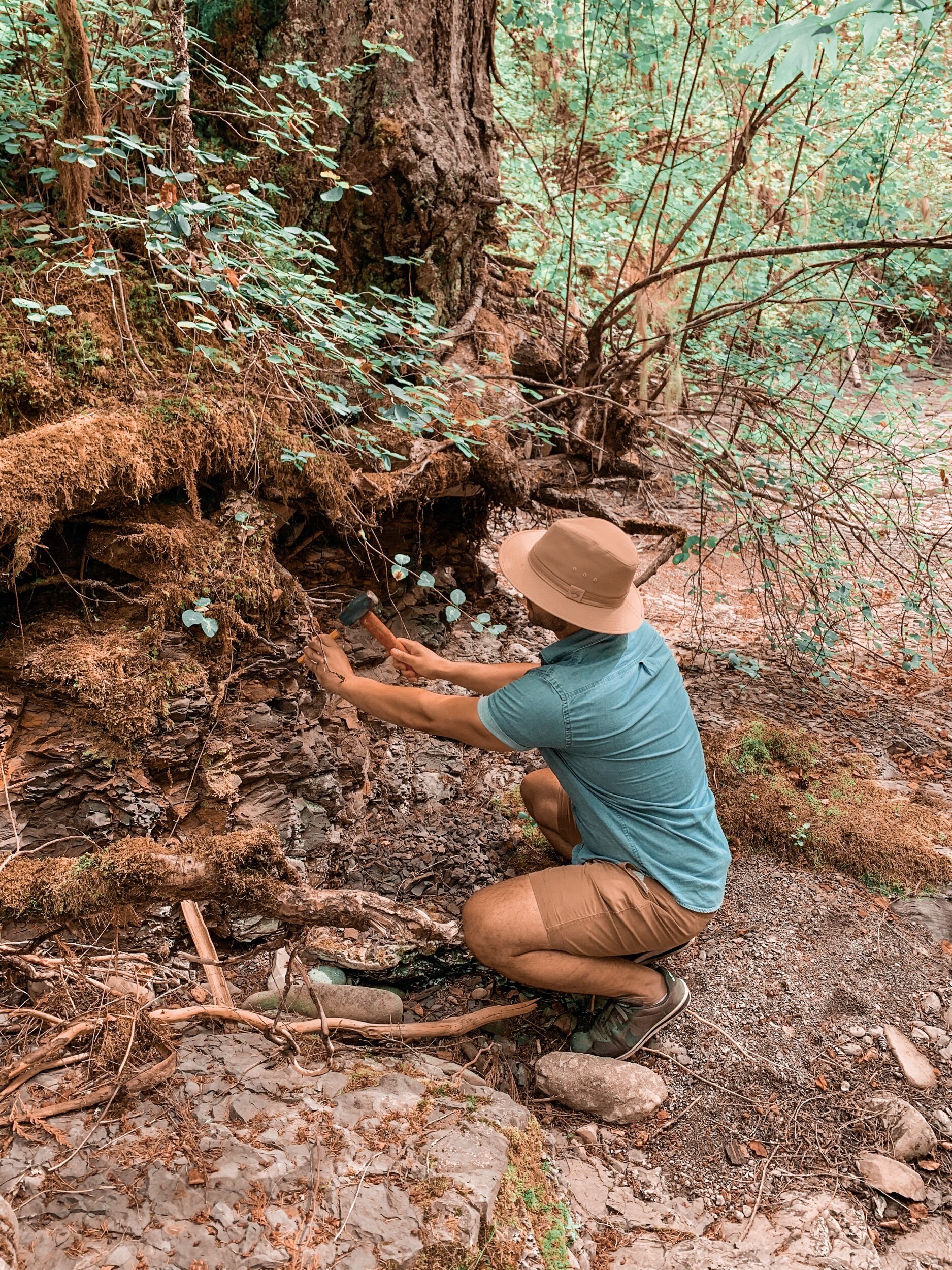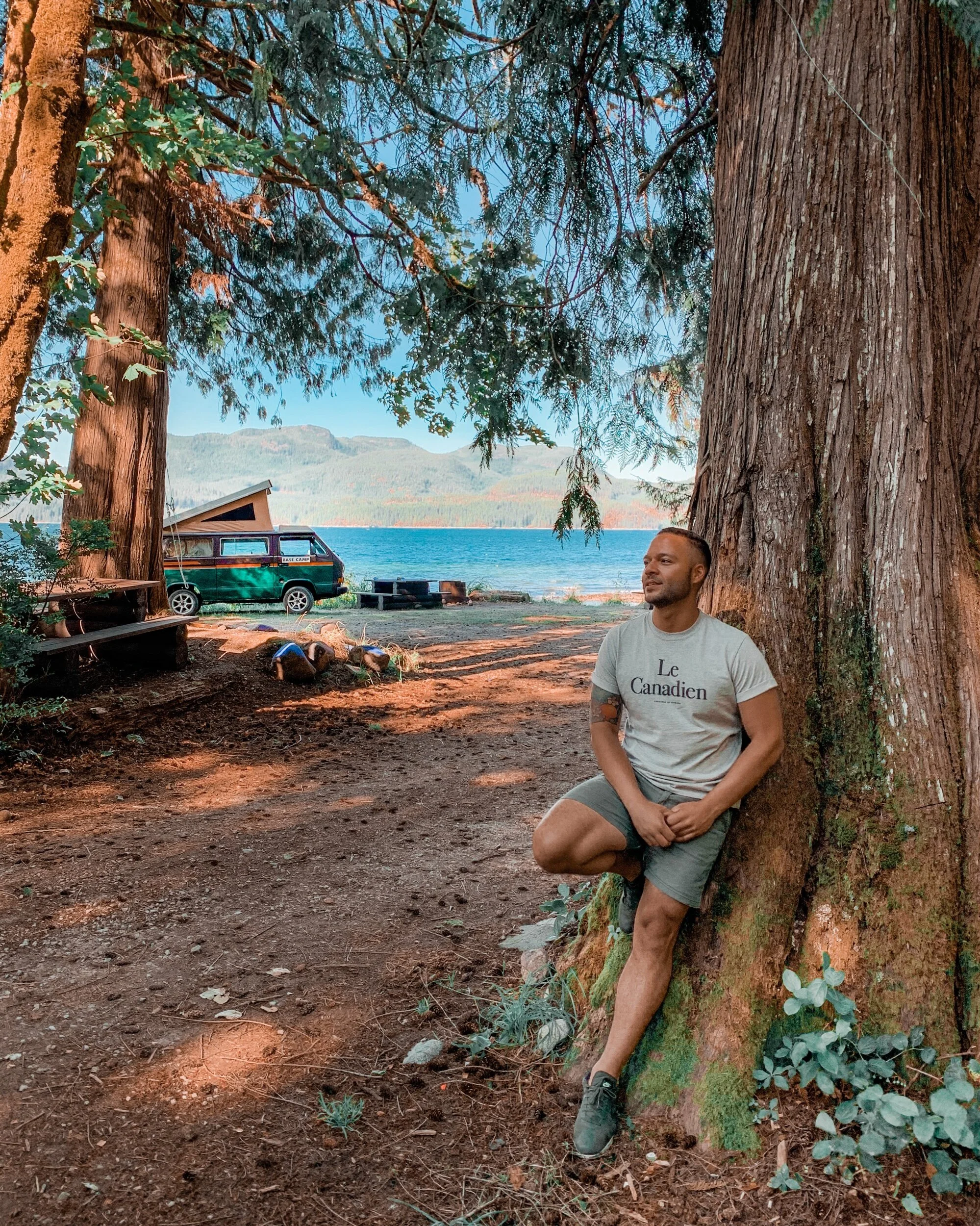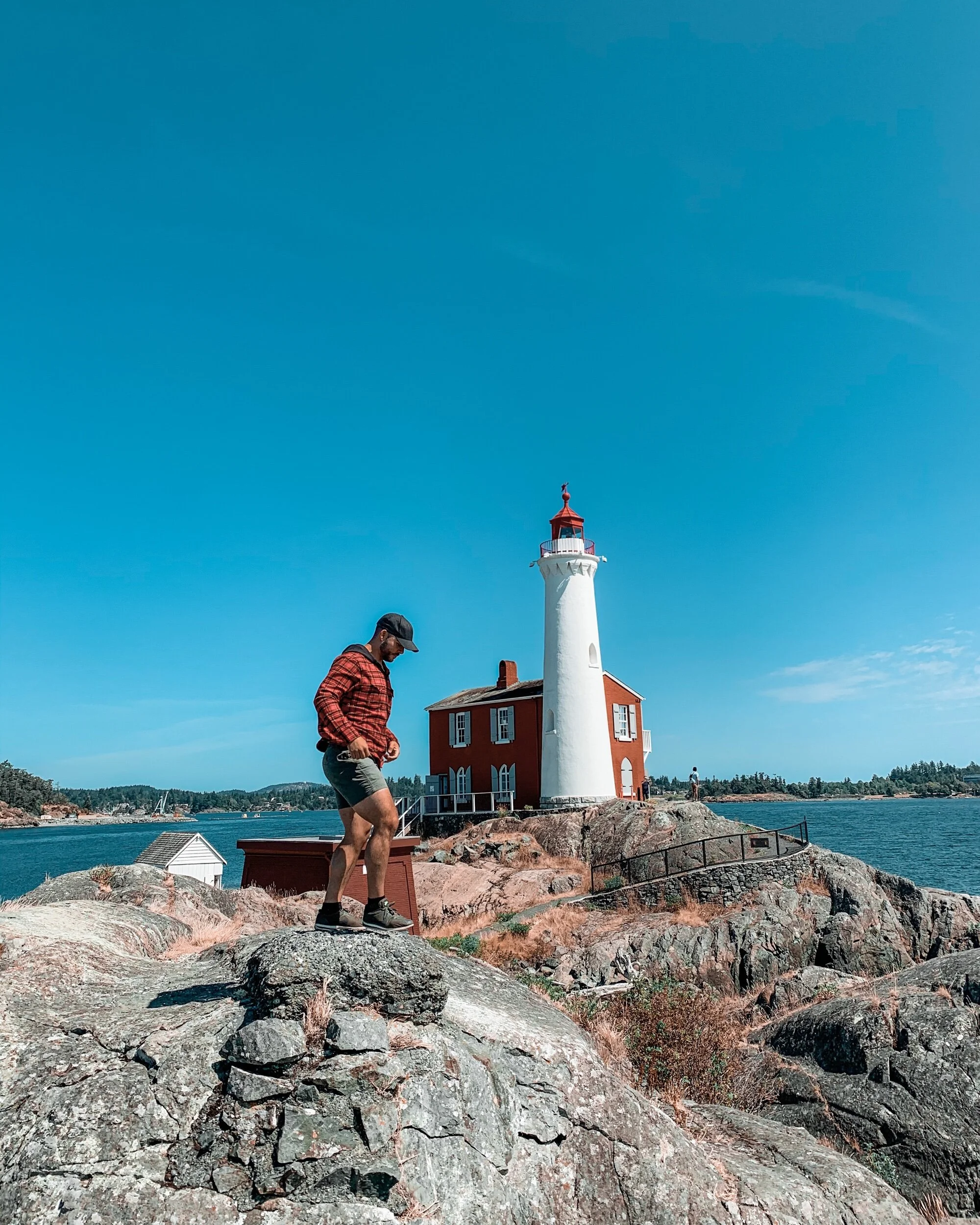Lost on Vancouver Island: Realizing my childhood dream of digging for dinosaur bones and fossils
I’ll always remember the iconic scene in Jurassic Park, when the infamous T-Rex makes her debut.
Boom. Boom. Boom.
(Zoom in to the glass of water that ripples at the sound of each massive step)
c/o Universal
I was hooked. I was a huge Jurassic Park nerd and learning about different types of dinosaurs and their traits filled up a lot of my time as a kid. I found dinosaurs fascinating and I wanted to be a palaeontologist.
As I grew older and my goals shifted, my fascination for these prehistoric creatures remained unchanged. Naturally, digging for dinosaur bones and searching for fossils has always been high on my bucket list.
When I was researching for my recent trip out West, I accidentally stumbled upon the Courtenay and District Museum and Palaeontology Centre. Not only does the museum offer informational tours, but they also offer a private excavation experience where you are able to dig (or chisel) for fossils and dinosaur bones under the supervision of the museum curator.
I can picture my younger self doing backflips and summersaults, at the thought of ‘future me’ making this happen for us. That kid in me was alive for this adventure.
The day began at the Courtenay and District Museum and Palaeontology Center. When we arrived, we were greeted by a friendly receptionist who encouraged us to take a look around the museum. The exhibits include specimens and reconstructed casts of tylosaurus, puntledge elasmosaur and other fossils from nearby rivers of animals that roamed Vancouver Island about 80 million years ago.
Elasmosaur - photo c/o dinosaurpictures.org
Not long after our arrival, we were greeted by Pat, the museum curator who further explained all of the specimen that we were looking at. It was evident that this was a true passion for him and his eyes lit up when he spoke about the different exhibits.
Soon, it was time to take short drive to Trent River where the real adventure began. We were given a brief history of the area and Pat pointed out spots where actual dinosaurs had been excavated.
Somebody pinch me.
Pat explained how to look out for certain fossils and also taught us collection techniques. Not long after that, I had a hammer and chisel in my hand. Within minutes I found my first fossil.
Earlier that day, I remember sipping coffee and daydreaming about the day ahead and the thought of discovering a new species of dinosaur that I was able to name ‘Luisasaurus’.
Snap out of it, Luis!
While I didn’t discover a new species of a dinosaur, I did find some pretty neat things below!
My first find was an Inoceramus which is an extinct genus of fossil related to clams and mussels. They lived from the Jurassic to latest Cretaceous period. This is an 80 million year old clam I’m holding in my hand, folks. No big deal.
My next find was an Ammonite. These marine mollusc animals also lived during the periods known as the Jurassic and Cretaceous. They became extinct at the end of the Cretaceous Period, at around the same time as the dinosaurs disappeared. How cool!?
Ammonite fossil I found
Illustration of ammonite c/o Wikipedia
What’s best, is that you can keep any fossils that you find. If Pat thinks the species is of a scientific value, he will kindly ask you to donate the fossil to the museum collection, with the your name attached. Seems totally reasonable to me. Luckily, I was able to keep my finds.
This experience was something I’ll always remember. I could have easily spent the entire day out there on the river bed, exploring and imagining what all my surroundings were like over 80 millions years ago.
My favourite dinosaur was by far, the brontosaurus. What was yours? Comment below!




